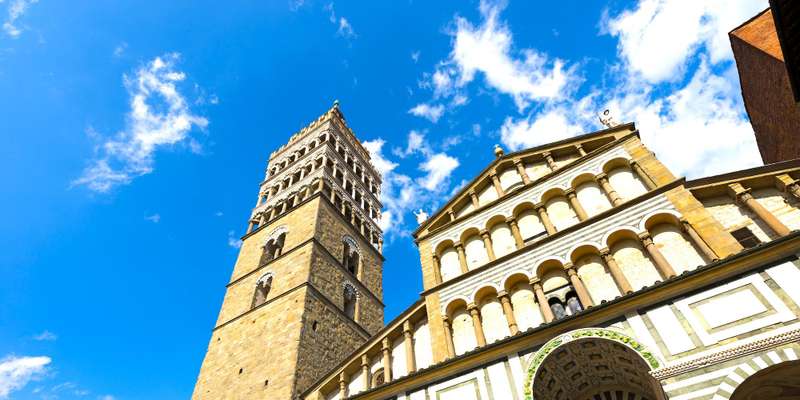- Home
- Useful Tips
- Guided visit to Pistoia's...
Most visitors to Tuscany rush past Pistoia's 14th-century defenses without realizing they're missing one of Italy's best-preserved medieval circuits. Recent surveys show 68% of day-trippers spend under 30 minutes here, overwhelmed by unclear signage and competing attractions. The frustration builds as you circle massive stone ramparts, spotting tantalizing towers with no visible entrance. Locals know these walls tell a darker story – from Medici power struggles to plague quarantines – but the layers of history remain locked away without context. Unlike crowded San Gimignano or commercialized Lucca, Pistoia's fortifications offer authentic immersion...if you crack their code.


Decoding the fortress layout without a map
Pistoia's elliptical defense system confounds visitors with its irregular spacing of towers and buried gatehouses. What appears as random rubble near Porta Lucchese actually marks the strategic 'knee' where 16th-century cannons were mounted. Local historians note the northwestern stretch (between Bastione Toscano and Torre di Catilina) preserves original patrol walkways now obscured by ivy. Morning light reveals carved symbols near Porta Carratica – mason marks that helped builders align these 9-meter-thick walls. Free municipal maps lack these details, leaving you piecing together fragments like a medieval archaeologist.
Timing your visit like a preservationist
The comune's limited restoration budget means access rotates between sections. From May-September, the morning sun illuminates the delicate 15th-century frescoes in Torre di Sant'Antonio, while autumn afternoons showcase the brickwork patterns along Cortina Santa Barbara. Guides with architecture backgrounds know which bastions close for midday restoration work – a frustration for those who arrive at noon to find locked gates. Those willing to climb 217 steps (the exact count matters when herding kids) are rewarded with a private rooftop view over the Duomo at golden hour, when mass tourism buses have departed.
Seeing hidden chambers most tours miss
Beneath the tourist path along Via degli Orafi lies the Sotterraneo delle Mura – a kilometer of vaulted tunnels used for grain storage during sieges. Only three guided groups daily descend into this humid underworld where 14th-century graffiti depicts siege engines. Above ground, the Rocca di Piazza fortress conceals its most fascinating feature: a prison cell where 16th-century inmates carved lunar calendars into the walls. While general admission tickets grant courtyard access, specialists can arrange rare viewings of the preserved cellblocks where sunlight still enters through original arrow slits.
Staying steps from the ancient gates
Modern Pistoia clusters its best accommodations along the medieval walls' footprint, allowing you to wake facing 600-year-old stonework. Family-run guesthouses like Palazzo 42 incorporate sections of the original curtain wall into their wine cellars, while Hotel Patria's tower rooms overlook the exact spot where Florentine troops breached the defenses in 1401. For budget-conscious travelers, the Ostello del Castello occupies a converted armory with dorm beds starting at €28 – just bring earplugs against the bells of nearby San Zeno. Either option places you minutes from dawn walks along the deserted ramparts before tour groups arrive.
